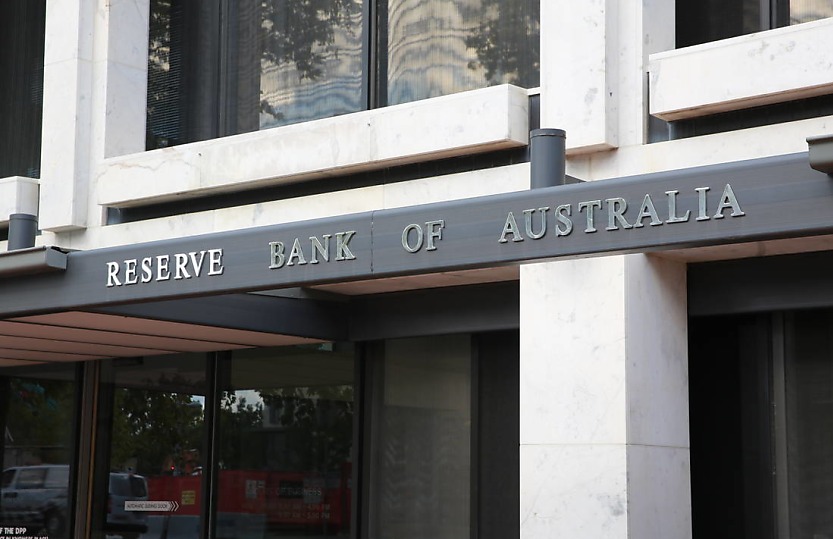‘Weaker’ employment data takes pressure off RBA

Softening job figures reduces the urgency for the Reserve Bank to lift the cash rate at its next meeting in June, according to economists.
The labour market in Australia appears to be losing momentum and economists say it might be enough to prevent the RBA lifting rates again.
AMP deputy chief economist Diana Mousina said the most recent ABS figures flagged the start of a slowdown in jobs growth.
Employment data released last week indicated jobs had fallen by 4,300 in April while the unemployment rate rose from 3.5 per cent to 3.7 per cent and participation rate fell to 66.7 per cent from 66.8 per cent.
“Further weakness in the labour market should be anticipated in coming months and we expect the unemployment rate to be above 4 per cent by the end of this year,” said Ms Mousina.
While the labour market is still tight with the unemployment rate still around its lowest levels in 48 years, forward looking indicators of employment are softening.
“Job advertisements and vacancies are down and hiring intentions have fallen,” said Ms Mousina.
RBA likely to hold rates for June but risks remain
The softer employment figures along with the wage price data released last week confirms Australia isn’t facing a wage breakout problem, according to Ms Mousina.
“This means there is no urgency for the RBA to lift the cash rate at its next meeting in June,” she said.
Australian wages growth rose by 0.8 per cent in the March quarter. However, the quarterly annualised pace of wages growth has slowed to 3.4 per cent and is done from its previous high of 4.3 per cent in September last year.
“If wages were running above 4 per cent per annum, this would be a problem as it would mean reaching the 2–3 per cent inflation target would be too difficult,” she stated.
AMP is expecting the economy to soften significantly over coming months as consumers adjust to high mortgage repayments and inflation slowing more than previously forecast by the RBA based on forward-looking inflation indicators.
“This should mean that further increases to the cash rate will be unnecessary,” said Ms Mousina.
Secretary to the Treasury Dr Steven Kennedy agreed that despite the low rate of unemployment and high levels of participation, this has not generated significant wage pressures.
In an address last week, Dr Kennedy said growth is expected to slow markedly as the effects of high domestic inflation and rising interest rates impact consumer behaviour.
“Real time indicators support this assessment and are starting to show a pullback in spending. If anything, consumption may already be falling a little faster than anticipated,” he stated.
Ms Mousina said Australia is unlikely to require the same degree of rate hikes as other comparable countries as Australian households are more sensitive to interest rate hikes.
“We have a record high level of household debt and the structure of the mortgage market means that most households borrow on variable interest rates or short-term fixed rates,” she said.
Given the RBA’s concerns about inflation and the upturn in the housing market, however, there is still the risk the RBA will look to lift the cash rate higher, she said.
GSFM investment strategist Stephen Miller said it was unlikely the data released in the wage price index (WPI) report would elevate concerns around inflation for the Reserve Bank.
“The minutes of the May meeting indicated that the decision to increase the policy rate was ‘finely balanced’, the WPI and labour force figures are not sufficient to push the RBA to consider a further increase in the policy rate at the meeting scheduled for 6 June,” said Mr Miller.
Mr Miller said the data released last week is not enough to completely sway the RBA from its ‘inflation alert’ stance, with further increases in the cash rate target still possible later in the year.
“Perhaps of some significance is that the annual increase in the WPI was the highest such increase since September 2012. Including bonuses, the annual rate of increase is 3.8 per cent which is the highest since March 2011,” he said.
About the author

